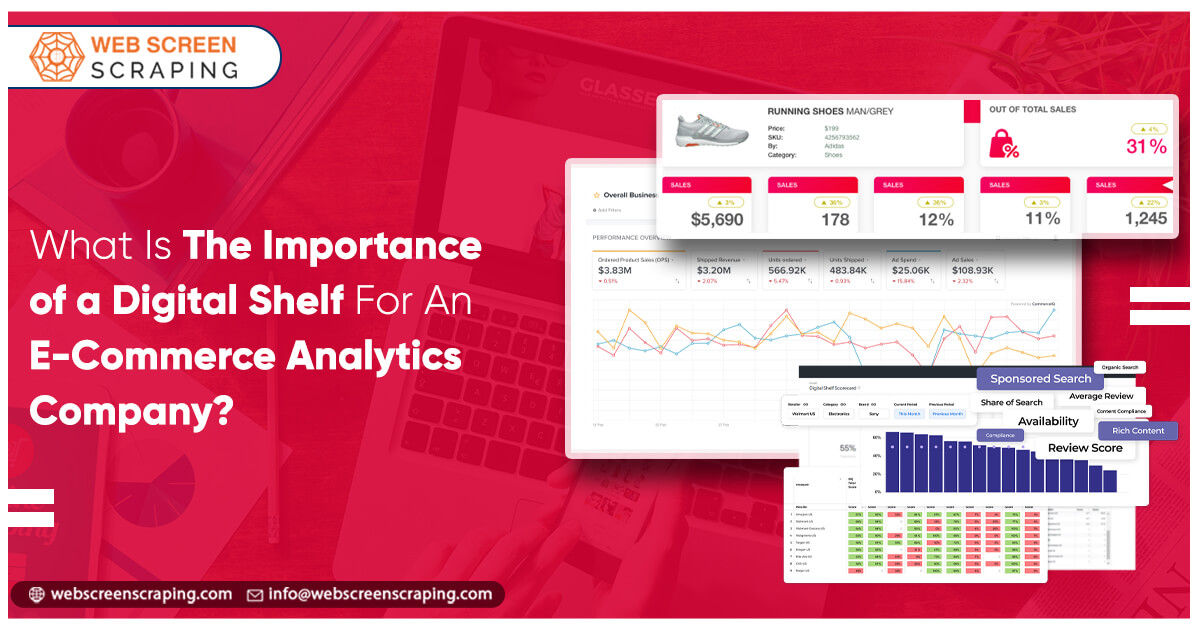
E-commerce analytics companies must be familiar with the digital shelf analytics that brands and retailers require to expand their online businesses.
The analysis in the blog below identifies e-commerce insights that have demand in the market and not utilized data that is required by the businesses to create more demand.
Significance of Digital Shelf
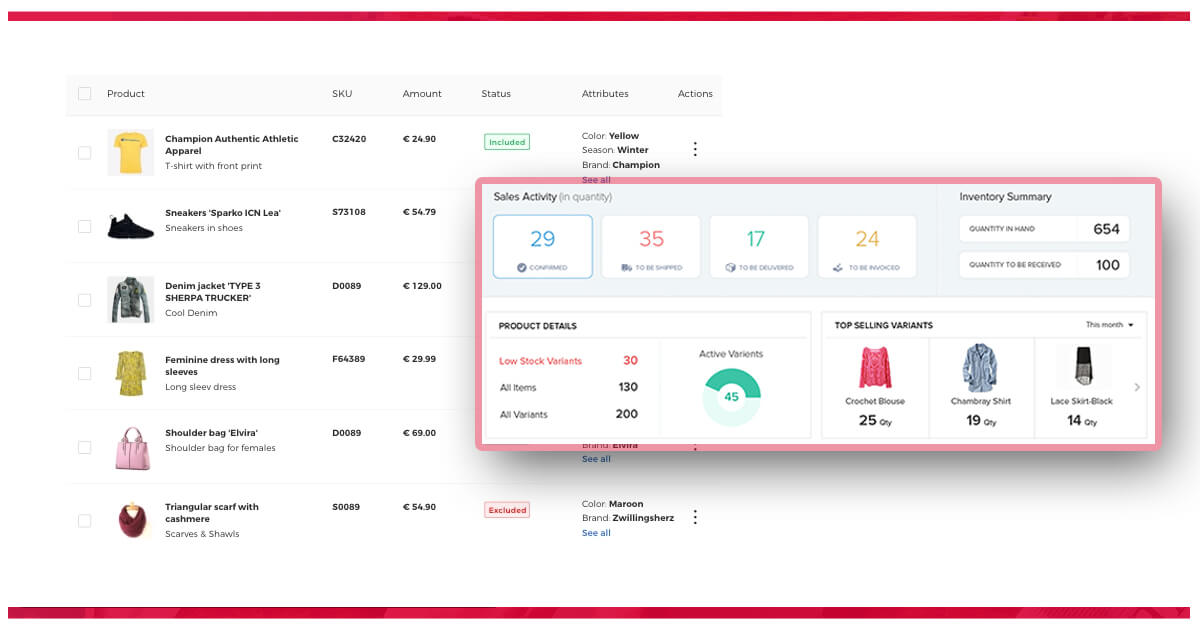
The importance of understanding how things are positioned, priced, and sold online is growing in parallel with the expansion of e-commerce.
Analytics companies play an important role in providing this information to brands and retailers. However, to do this efficiently they must collect all the data available on their customers' digital shelf.
The phrase "digital shelf" refers to all the touch points that customers encounter during their online shopping trip. It includes how they do online brand and product research, gets awareness, and purchase.
The digital shelf is like a retail store where customers go to choose the things they wish to buy. This includes any digital channel where customers may search, browse, and purchase a brand's products. It also comprises e-commerce sites run by retailers or brands, as well as marketplaces and mobile apps.
The digital shelf is a real shelf that defines the way things are displayed with digital shelf analytics tools. This includes the appearance of an item on the shelf as well as the quality of the web content, product information, pricing, promotional data, and availability.
The Vendors of Insights Analytics Should Focus On
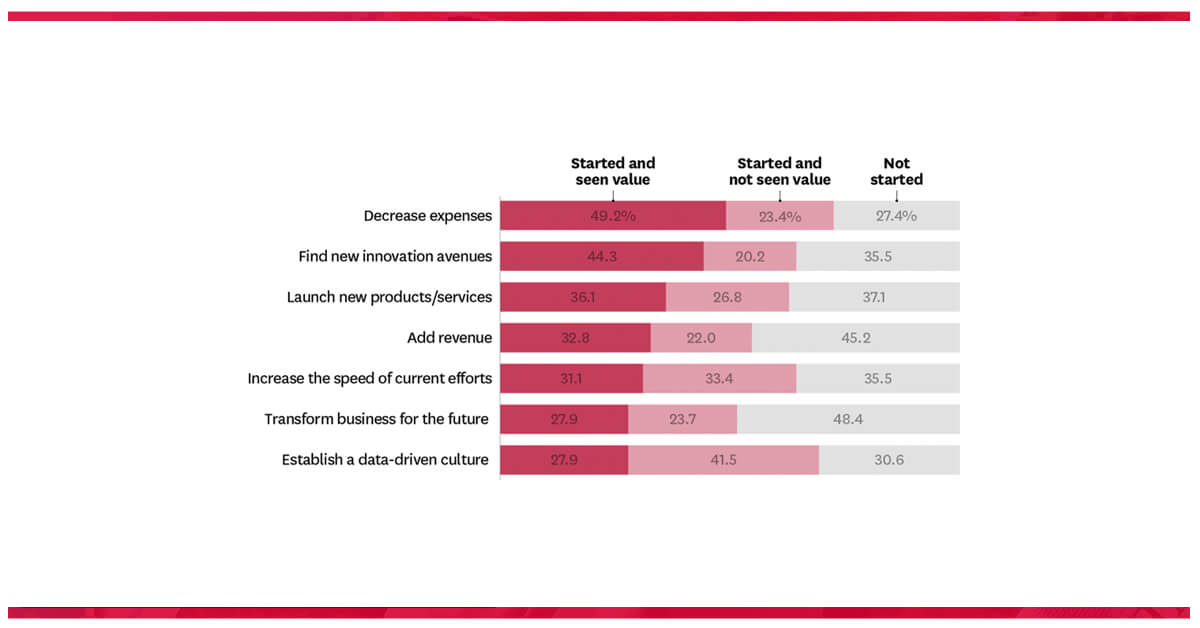
Finding
Insights gathered from the digital shelf can assist in increasing a product or brand search and finding in a retailer's category listings. This is important as higher rankings can help a product gain more awareness, attract traffic, and improve sales. Retailers and brands can also use digital shelf analytics to compare their search success to that of competitors and make any necessary improvements to their search tactics. In addition, data from the digital shelf can be utilized to assist merchants and brands in identifying products that may be difficult to find online. As a result, discoverability is the first stage in the online journey, and analytics providers must assist brands and retailers.
Pricing
A retailer’s brand pricing and promotional strategy might be influenced by digital shelf information, which can be crucial for keeping a competitive edge and protecting profits. Analytics providers can provide real-time pricing visibility on e-commerce sites, warn brands of Minimum Advertised Price infractions, and provide competitive intelligence using data from the digital shelf.
Content of the Product
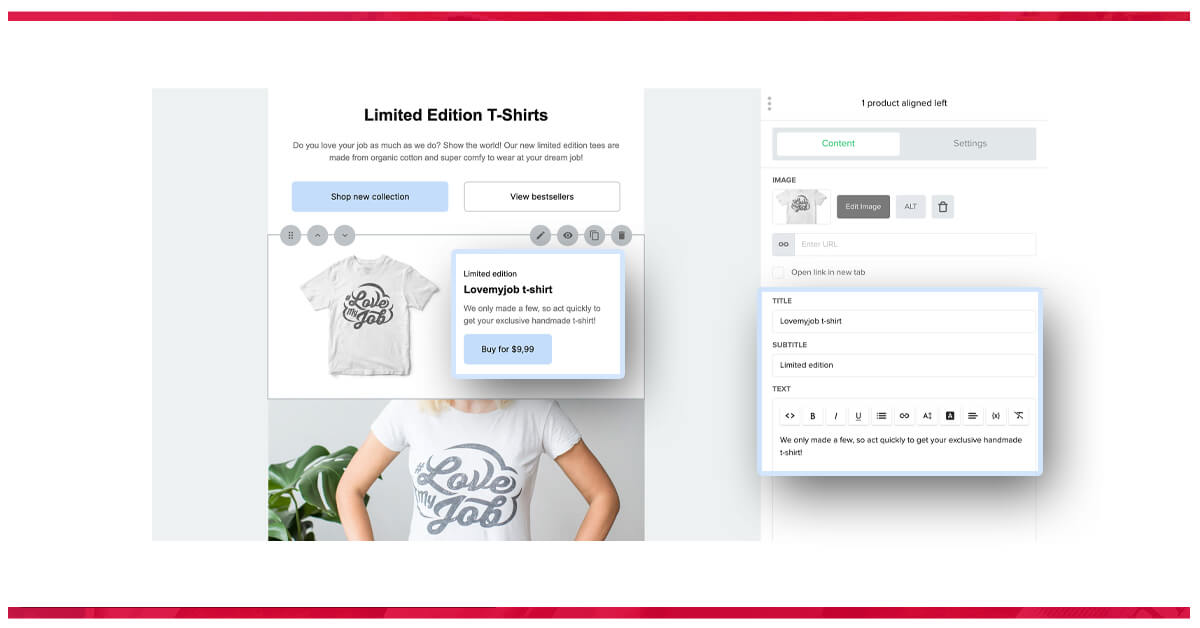
Retailers and brands want to be able to develop interesting online content that drives sales while also adhering to brand requirements. Data taken from product pages can be used by analytics firms to deliver such intelligence. This can be used to improve a retailer's online presence by ensuring that their material is uniform and compliant so that it works harder. As the product pages are one of the most influential factors in purchase decisions and conversion rates, brands and merchants must improve their product content. As indicated in the comprehensive Digital Shelf insights report, product page information like shipping and delivery charges, the seller's top selections, and location-specific delivery modalities are often neglected but have an impact on a customer's decision to buy.
Reviews and Ratings
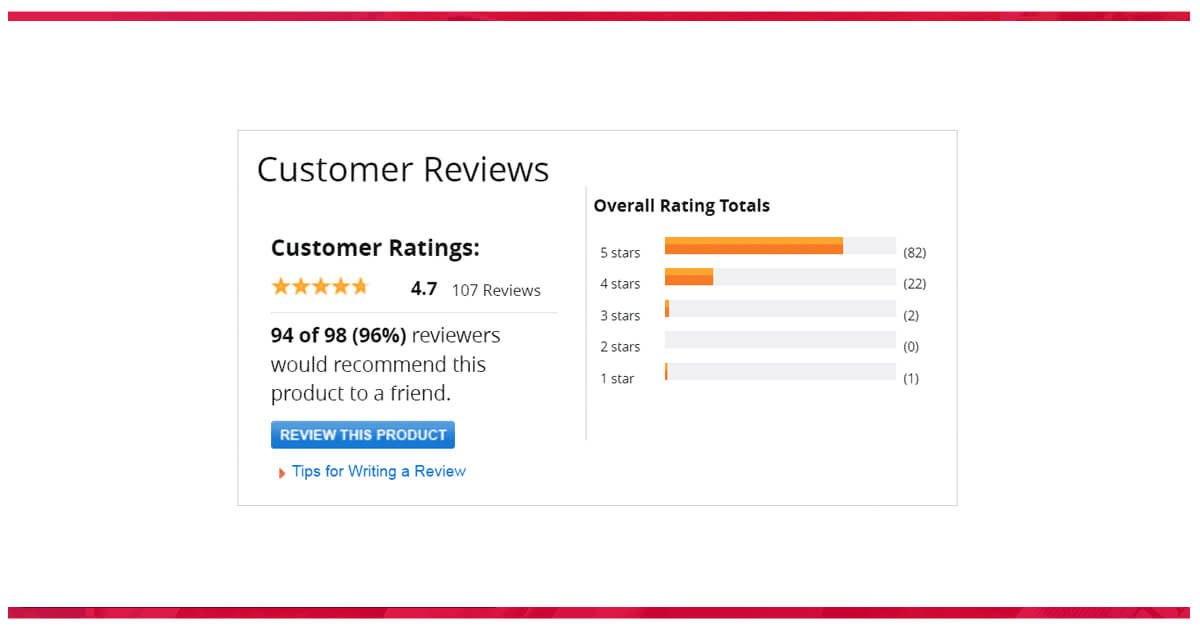
The consumer's digital shelf insights just don't end when they click to purchase. They also include post-purchase contacts with customers, such as ratings and reviews. The information on these pages is important. Consumers are increasingly valuing peer recommendations, with 93% of people reading internet reviews before making a purchase, according to a study. Analytics providers may help brands discover underperforming products and those with low ratings and reviews also assist in assortment planning by offering digital shelf information. Positive ratings and reviews can help in the development of new products or brand extensions.
Digital Shelf Data Might Be Missed
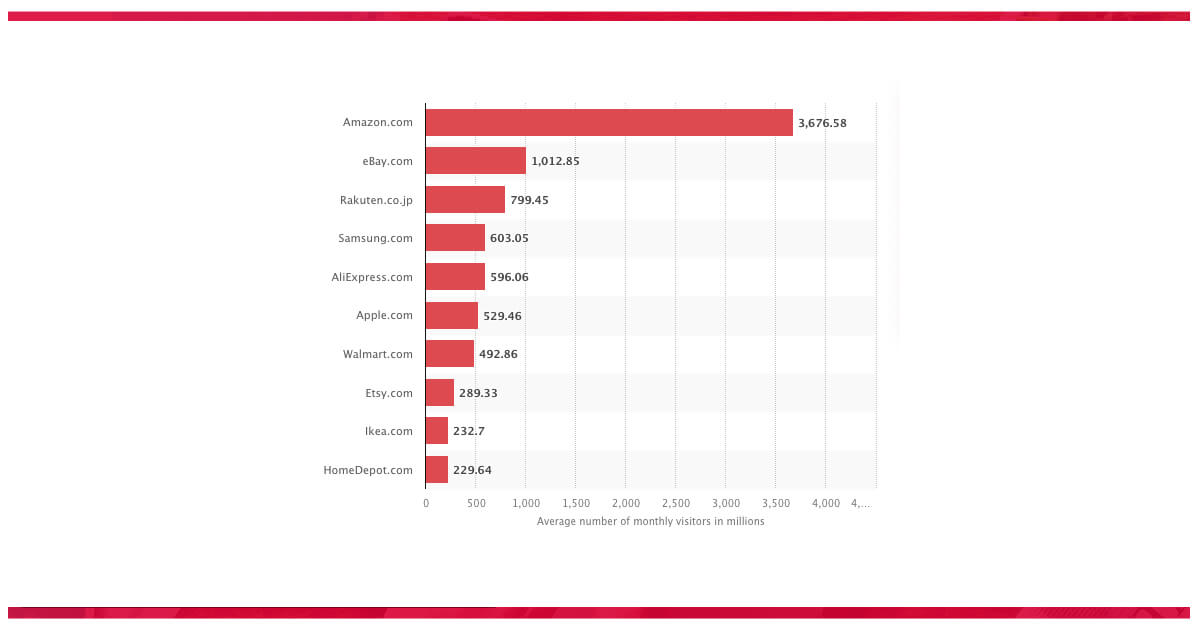
Understanding and gaining control of the digital shelf is important to driving retail performance and sales in today's digital world.
Just as physical shelf data can be linked to store sales and category share in brick-and-mortar stores, e-commerce operators may collect what customers see and do on the digital shelf and link it to online sales to improve their online performance.
Analytics providers must make the most of the e-commerce online data available to develop the best digital shelf insights for brands and retailers.
Know more about the importance of digital shelf analytics in the e-commerce industry, Contact Web Screen Scraping today!
Request for a quote!
Comments
Post a Comment